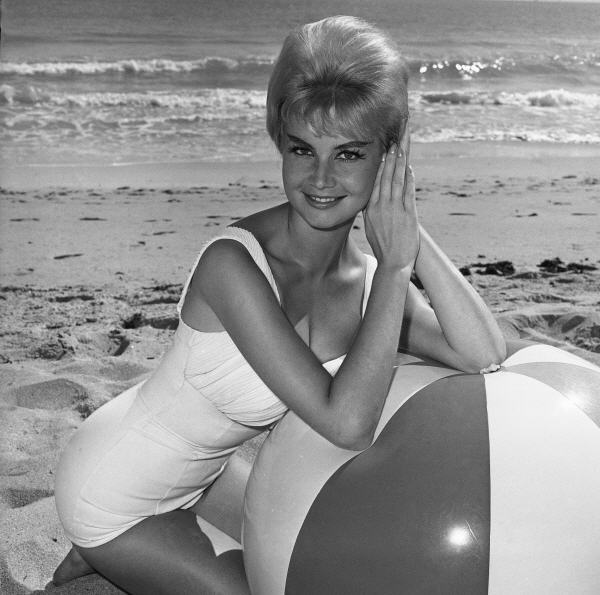
She was East German leader Walter Ulbricht’s ultimate humiliation in a year when a hemorrhage of refugees was threatening the existence of his Communist state.
As Ulbricht maneuvered behind the scenes to win Soviet approval to close his Berlin border, one of his refugees was strutting down the catwalk of a Miami Beach stage in her shimmering Miss Universe gown. Amid the flashing of camera bulbs, Ulbricht’s most intractable problem had assumed the unmistakable shape of former East German electrical engineer Marlene Schmidt, someone judges had declared “the world’s most beautiful woman.
There are so often moments in the rush of history that one freeze frame speaks volumes. And during 1961, there were plenty of such images: Kennedy in top hat during his inauguration, Kennedy and Khrushchev facing off in Vienna, and the iconic image of an East German border guard leaping over the barbed wire with arms outstretched like wings.
Yet for every little girl in every Communist country, the pictures relayed around the world of the new Miss Universe spoke of a world of unimaginable glamour and opportunity. For their Communist masters, however, the crowning of Marlene Schmidt would play into their propaganda about the superficiality of a commercial society. What no one had in doubt was that the judges had intended just the ideological message that her crowning symbolized.
At age twenty-four, Marlene Schmidt was intelligent, radiant, blonde, a little shy, and a lot statuesque. West Germany’s Der Spiegel magazine described her as someone with an engineer’s brain atop a Botticelli figure. But her real draw – the one that was getting her headlines around the world – was the story of her fairy tale flight to freedom.
Marlene’s triumph was projected to the world in Technicolor from a pageant organized and produced by Paramount Pictures, with then game-show host Johnny Carson acting as master of ceremonies and actress Jayne Meadows as color commentator. Tens of thousands of East Germans watched as well, helped by thousands of jerry-rigged antennae on rooftops that allowed many to pull down the West German television signals.
The Communist youth paper Junge Welt called Marlene Schmidt’s Miami triumph one of those short-lived pleasures of capitalism that would quickly fade away, to be followed by a hard life in an unfriendly land. “You will only reign one year, after which the world will forgot you,” it said.
In this case, East German propaganda proved partially right. In 1962, she would become the third among the eight wives of Hollywood actor Ty Hardin, star of the Western television series Bronco. She divorced him four years later, and only after that ran up eleven movie credits as an actor, writer and producer, but they included little of note aside from female nudity
“I learned that life in Hollywood wasn’t for me,” she said, reflecting on her choice to move back home and work on electrical engines in Saarbrucken.
Still, when she left East Germany, her choice had been between freedom and prison, as she was being investigated on suspicion that she had helped her mother and sister escape. Hollywood had its disappointments, but the flight to the West had been her salvation.
Marlene Schmidt had only been wearing her Miss Universe crown for less than a month when the Communists moved to close the escape hatch through which she and hundreds of thousands of others had passed since World War II.
Fred Kempe is president and CEO of the Atlantic Council. His latest book, Berlin 1961, was published May 10. This blog series originally published by Reuters.
Image: marlene-schmidt-berlin-1961.jpg
